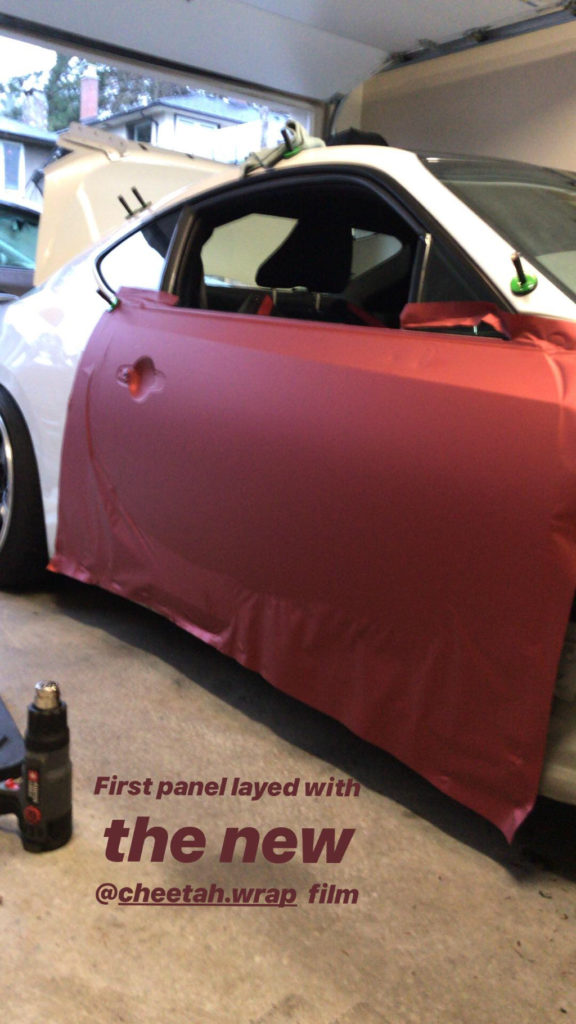Over the past few months, I have been working on the updates to the Masters of Digital Learning and Leading program which in January of 2021 will become the Masters of Applied Digital Learning. I will be creating an explanation page/post to highlight the changes but in this post, I need to address the significance of applied learning. A search of the internet and related literature reveals the need to build a consolidated definition based on the following applied learning definition components:
At the most basic level the literature points to this foundational definition:
Applied learning – a process in which students apply knowledge and skills gained from traditional classroom learning to hands-on and/or real-world
settings, creative projects, or independent or directed research, and in turn apply what is gained from the applied experience to academic learning” (SUNY, 2018, para. 1).
Quite often this basic definition is supplemented with the notion that applied learning is
“is grounded in the conviction that learning is maximized when it is active, engaged, and collaborative” (Ash & Clayton, 2009, p. 25).
Perhaps one of the most overlooked aspects of applied learning is the integration of reflection or more specifically critical reflection which
“is an evidence-based examination of the sources of and gaps in knowledge and practice, with the intent to improve both” (Ash & Clayton, 2009, p. 28).
Critical reflection goes well beyond the notion of navel-gazing but is an integrative, analytical, capacity-building process that must be purposefully designed (Ash & Clayton, 2009; Whitney & Clayton, 2010; Zlotkowski & Clayton, 2005).
The consolidated definition that I will be using in the new Masters of Applied Digital Learning combines all these components:
Applied learning – is an active and collaborative process in which learners apply knowledge and skills gained from theory, hands-on experience, and authentic learning opportunities. What differentiates applied learning from experiential learning, project-based learning and other forms of active learning are the critical reflections on the evidence-based analysis of the sources of and gaps in knowledge and practice. This iterative process stimulates the continual desire for growth and improvement through the implementation of assessment as learning which also enables the learner to reinvigorate their learner’s mindset.
Applied digital learning is therefore the application of applied learning beyond the confines of the traditional classroom and moves learning into the digital environment or all the time and anywhere context that have in the digital information age.
References
Ash, S. L., & Clayton, P. (2009). Documenting learning: The power of critical reflection in applied learning. Journal of Applied Learning in Higher Education, 1(1), 25–48.
The State University of New York. (2018). Common definitions in applied learning. Retrieved from https://www.suny.edu/applied-learning/about/definitions/
Whitney, B., & Clayton, P. (2010). Research on the role of reflection in international service-learning. In R. Bringle, J. Hatcher, & S. Jones (Eds.), International service learning: Conceptual frameworks and research. Sterling, VA: Stylus Publishing.
Zlotkowski, E., & Clayton, P. (2005, April). Reclaiming reflection. Paper presented at the meeting of the Gulf South Summit on Service-Learning and Civic Engagement, Cocoa Beach, FL.


































